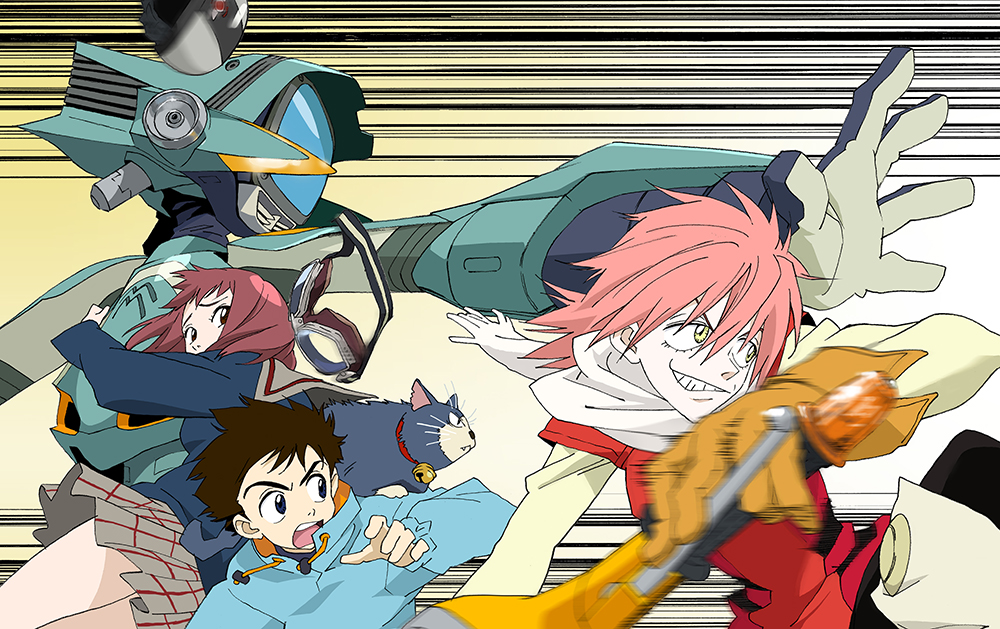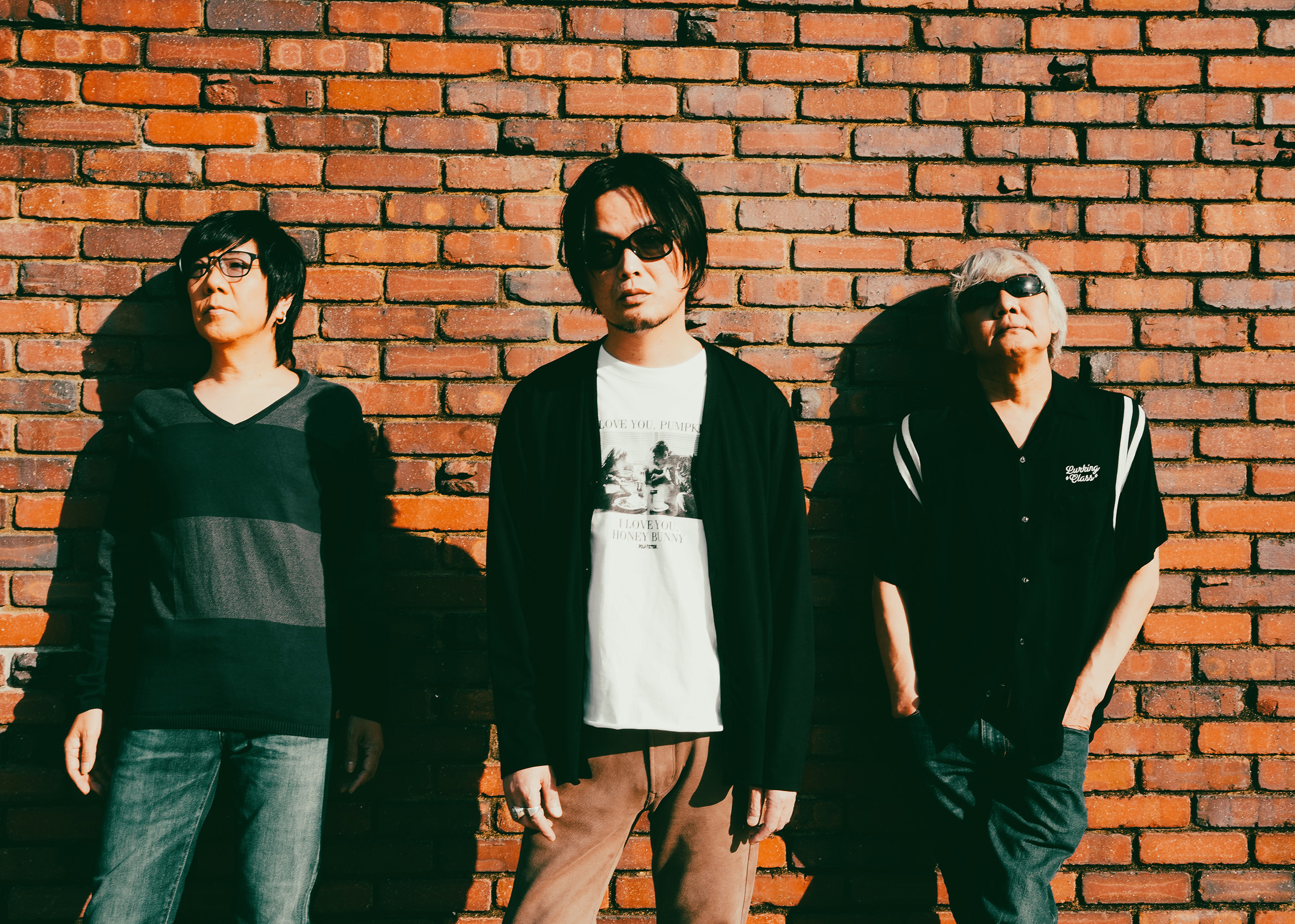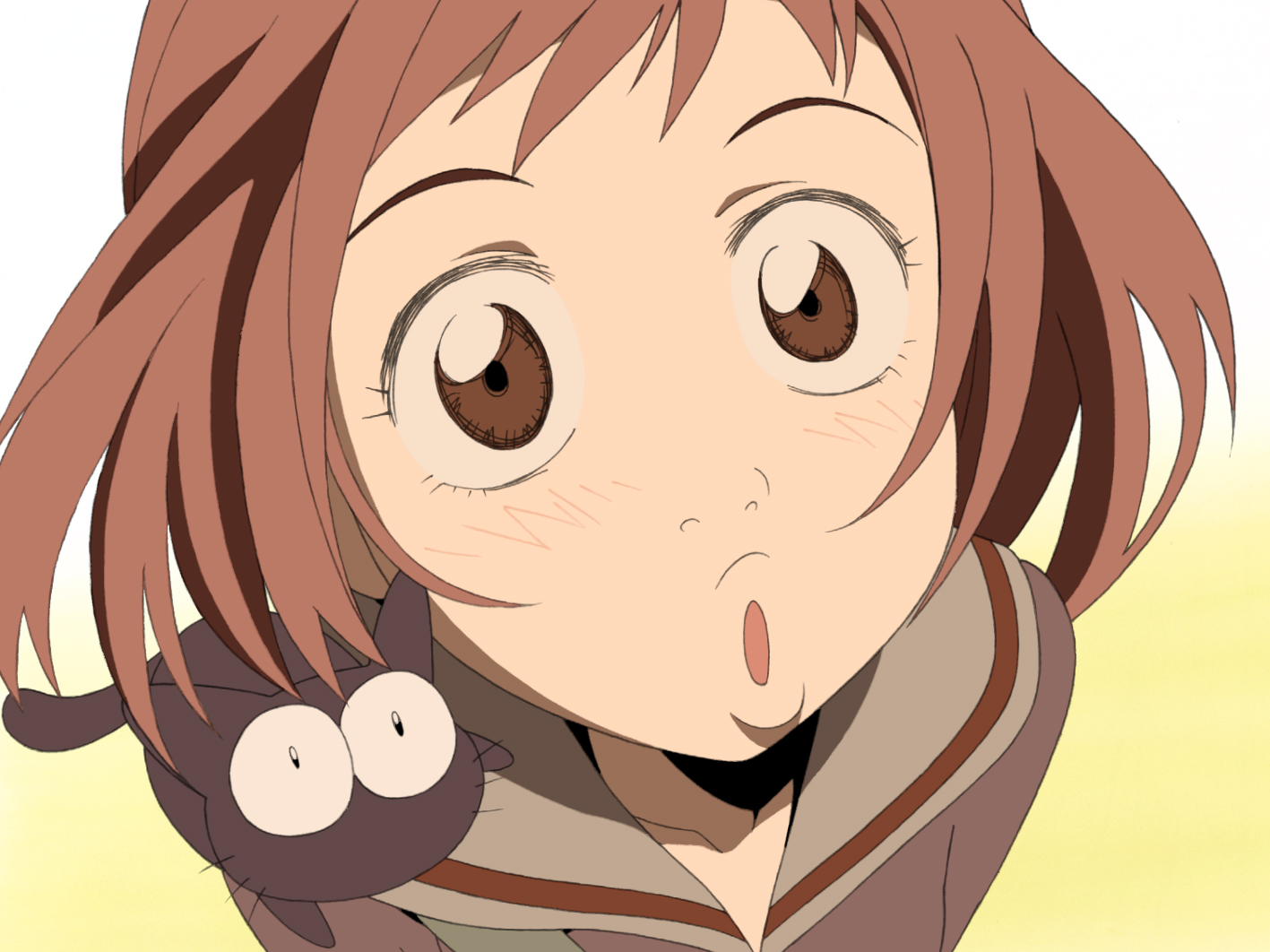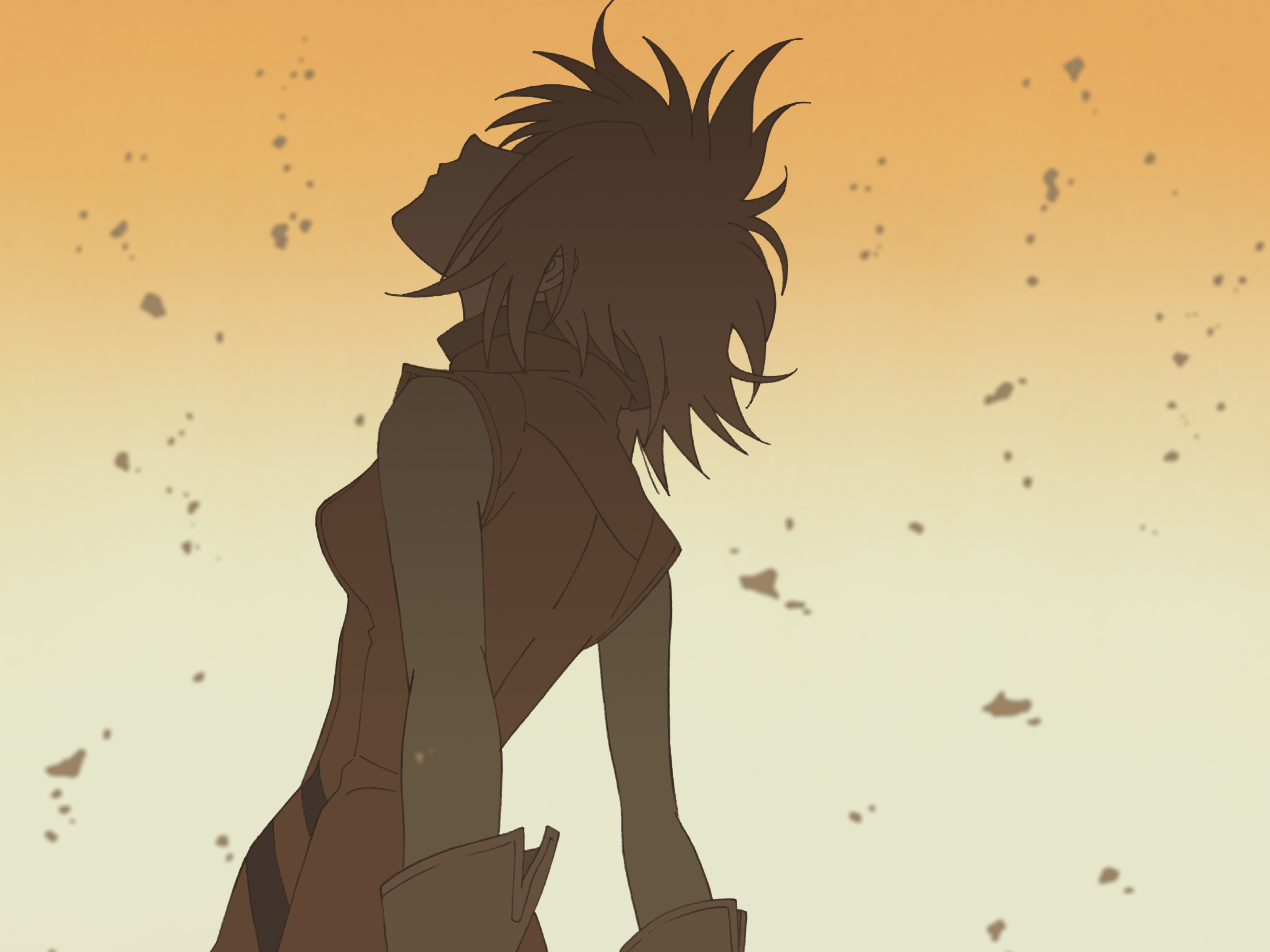INTERVIEW: Rock Band the pillows on Creating the Iconic FLCL Soundtrack

There are few anime soundtracks as iconic as FLCL's — the pillows' crunchy guitars, driving bass, and infectious melodies are a huge part of why the series has such a distinct feel to it. It also marked the beginning of anime acting as a gateway to Japanese music for countless people all around the world.
Milan Records recently released the second and third soundtrack volumes from FLCL's first season, marking the first time these albums are available digitally outside of Japan. Our friends at Milan coordinated an interview between the pillows' frontman Sawao Yamanaka and Crunchyroll, and we were able to talk with him about the band's history, how they first got featured in FLCL, and the global spread of Japanese music through anime. Check out a Spotify playlist of the band's music below, as well as links to buy and stream Volumes 2 and 3 of the soundtrack before reading the interview!
Composer Spotlight: the pillows (Spotify Playlist)

the pillows
Crunchyroll: How did you decide the band name, “the pillows”?
Sawao Yamanaka: We knew we wanted to make it, “the” something or other, like the rock bands in the '60s. Our guitarist, Manabe, had a vinyl record of pillows & Prayers’ compilation album, released by Cherry Red Records. When we saw it decorated in his room, we liked the impression of the word, and that’s how we decided on it. So there is no significance to the word “pillow.”
Since the band was created, your music has transformed from jangle pop to jazz to your characteristic distorted guitar sound. How did you find your signature sound?
Yamanaka: There were some musicians that I adored. I love Paul Weller, so I tried out different genres. But at the end of the day, rock with strong guitar felt right for me, so I’m going back and forth between rock ‘n roll and alternative rock. I love the Breeders the most.
I think it’s better that we don’t think about “This is our signature sound,” and it would be fine if we don’t have such a thing. As long as we like the new songs we write, that’s all that matters.
When you create an album, do you decide on the concept first, then write songs? Or do the songs come first and then create an album based on them?
Yamanaka: We rarely decide on a concept first. We’re constantly creating new songs, so when we have 10 songs or so, that’s when we start thinking about releasing a new album.
When did you start calling your fans “Little Busters?” Where did that name come from?
Yamanaka: It was 1998. I was always thinking about myself when I was writing lyrics, but when I wrote "Little Busters," I wrote it for our fans to show my gratitude and love, which was probably a first for me. That’s when it started.
According to an interview article by Anime News Network in 2006, Buster, the band's mascot, is inspired by a grotesque vibrating teddy bear you found in London. Do you know who made the teddy bear?
Yamanaka: We never found out. They might get mad if they know we took their idea without telling them.
In your album Happy Bivouac, you mention Pixies. Are you a fan? If so, how did you become a fan?
Yamanaka: I’m a fan. Not the rest of the band. If you were an inquisitive musician looking for unique, innovative bands, then you’d surely come across Pixies.
The pillows have been making music for over three decades, but your music and performances are always full of energy and passion. How do you maintain that energy? What drives you to move forward?
Yamanaka: Music itself is the drive for me, so I don’t think I need anything else. I love music, and I’m not bored with it yet. Music excites me all by itself. I’d never understand musicians who continue with a band when they no longer have that energy.

What led you to writing a song for FLCL?
Yamanaka: They approached our agency, and we said yes right away. FLCL is important for the pillows.
The music of the pillows perfectly fits FLCL’s visuals and the theme of adolescence. In your opinion, what kind of music is compatible with FLCL?
Yamanaka: With the original, first-generation FLCL, we didn’t know how it would turn out, but we gave them the permission to use our song. So they used an existing song, which they had already listened to, so it was imprinted on them. That’s why the sound of the pillows back then felt perfect for FLCL. It was an imprinting.
Anime helped with the recognition of Japanese music in the West, and your band with FLCL caused the first wave of that in the early 2000s. How do you feel about the global fans’ growing interest in Japanese music?
Yamanaka: We’re surprised, but happy at the same time. We want to believe that by nature, music and culture have the power to go beyond the boundaries of nations, races, and time. But we felt that it was difficult because of the language barrier.
I love American rock, so I’ll never forget the moment the music I made was accepted in America until the day I die. I was so happy.
There are a lot more amazing bands in Japan.
Do you have a message for your fans around the world?
Yamanaka: We’ve gotten older. Our bodies might have changed, but our soul hasn’t. We’re doing great.
So we have no plan of stopping yet. Please look forward to our new sound and performance. Thank you for your support. With love.

Stream or Buy Volume 2 of the Soundtrack here. Stream or Buy Volume 3 here.
Cayla Coats tweets @ceicocat.
By Crunchyroll feed


Post a Comment